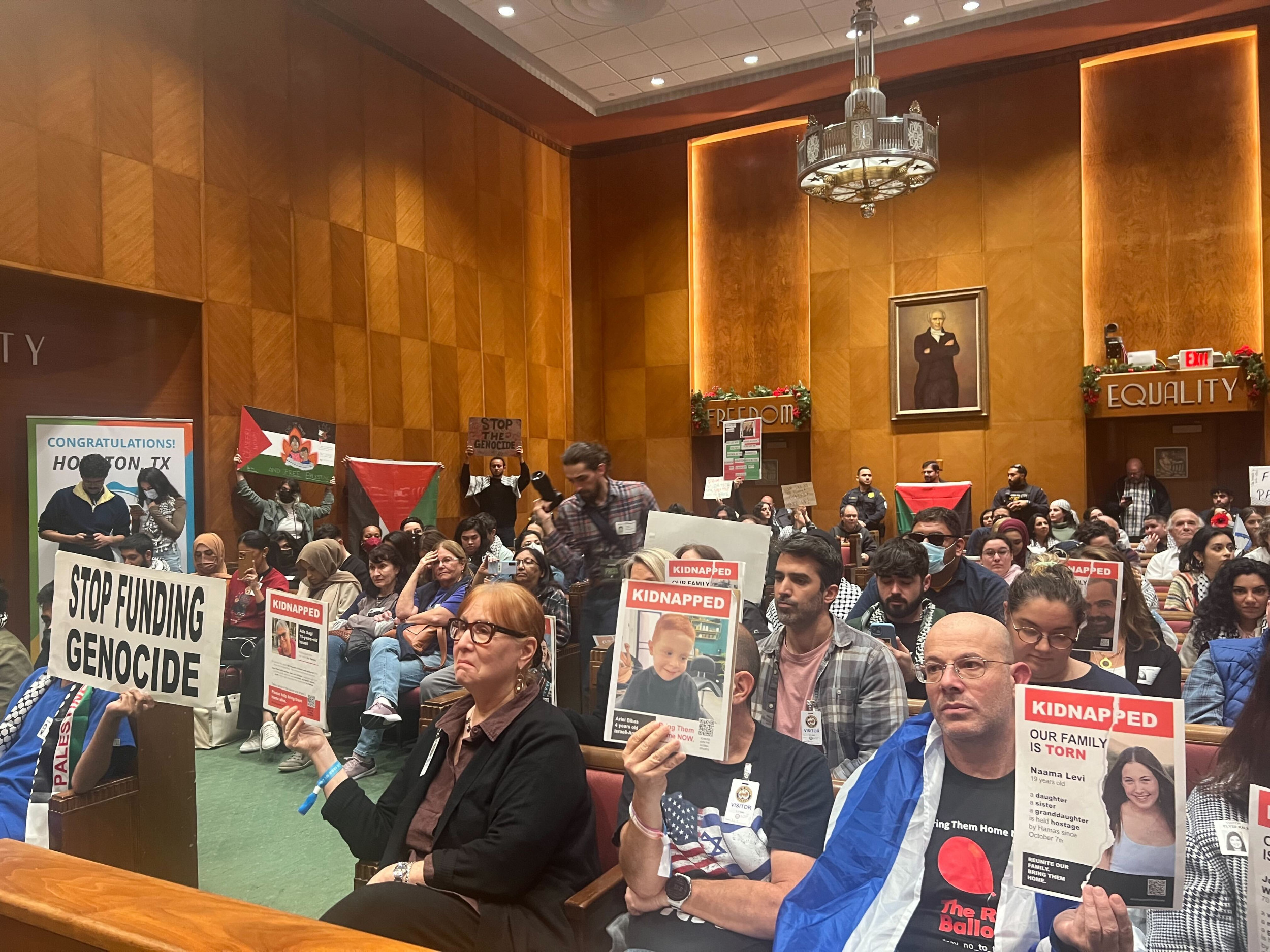
The news that a 14-year-old U.K. girl has undergone cryonic suspension after dying from cancer has created headlines around the world, putting a spotlight on the need for cryonics regulation.
Cryonics—also sometimes called cryogenics—uses ultra-cold temperatures to freeze a human body in nitrogen in hopes that future technology and science might revive the person to health again. With so much radical medical innovation occurring at breakneck pace—like genetic editing, creation of synthetic cells and nanotechnology— cryonicists are hopeful that within 35 to 50 years, the first frozen patients may be revived.
I spent the last few days in Seoul, Korea, speaking at the Global Leaders Forum 2016 on life extension science, of which cryonics is a core part. One of the other attendees was Max More, president and CEO of Arizona-based Alcor, one of the leading cryonics facilities in the world. Last year, More gave me a tour of Alcor, and I saw for myself the 8-foot-tall steel dewars where patients are preserved.
I say patients, because no cryonicist believes they are dead. They are suspended—think Hans Solo in Star War's Return of the Jedi—and waiting to be "reanimated." The lingo may sound odd, but there are thousands of cryonicists around the world and decades of scientific research backing up the science.
"This is emergency medicine we are doing," More told me. "We do not see patients as dead. Dead is gone forever. They're here waiting to be brought back to life."
The story of the 14-year-old girl, who died in October in the United Kingdom and was cryonically preserved in America, was historic because it was the first court case of its kind ever to be brought up in England or Wales—or perhaps anywhere in the world. The mother of the 14-year-old wanted her daughter preserved, as did the 14-year-old herself. But the father didn't want it. A court case ensued where Judge Peter Jackson visited the dying girl and listened to her wish to attempt to live longer via cryonics.
In a letter to the judge, the 14 year-old wrote:
"I have been asked to explain why I want this unusual thing done. I am only 14 years old, and I don't want to die but I know I am going to die. I think being cryo-preserved gives me a chance to be cured and woken up—even in hundreds of years' time.
"I don't want to be buried underground. I want to live and live longer and I think that in the future they may find a cure for my cancer and wake me up. I want to have this chance. This is my wish."
Right before the teenager's death, Jackson ruled it was okay for her to use cryonics to be preserved. According to the BBC, " The girl's solicitor, Zoe Fleetwood, told BBC Radio 4's Today programme it had been a "great privilege" to be involved with the case of an "extraordinary individual."
The case sets new precedent for cryonics policy and regulation, something which I advocate for but is desperately lacking around the world. Some countries such as France and parts of Canada outright criminalize cryonics, arguing that the state has rights to a deceased body, but not the actual person.
Bill Andrews, a supporter of cryonics, biologist, and president of life extension company Sierra Sciences, says, "In the 21st century, government must step up and create policies that help those that want to live far longer—and that means creating a legal framework for cryonics to thrive in."
I think not only should cryonics be allowed all over the world, but governments must take steps to ensure we respect the rights of patients' bodies—not matter what they want to do with it. The age of radical life extension is upon us, no matter what form it takes. Already, since the start of the 20th century, lifespans have doubled in the developed world. Some scientists, such as world-renowned gerontologist Dr. Aubrey de Grey, think we might end aging within 25 years via science.
Approximately 150,000 people on planet Earth die every day. To those who don't want to die, but disease or aging has caught up with them, cryonics offers the best solution in the near term to stave off death and be given a second chance.
Zoltan Istvan is a futurist, journalist, author of The Transhumanist Wager, and the former U.S. presidential candidate of the Transhumanist Party.
Uncommon Knowledge
Newsweek is committed to challenging conventional wisdom and finding connections in the search for common ground.
Newsweek is committed to challenging conventional wisdom and finding connections in the search for common ground.
About the writer
To read how Newsweek uses AI as a newsroom tool, Click here.








